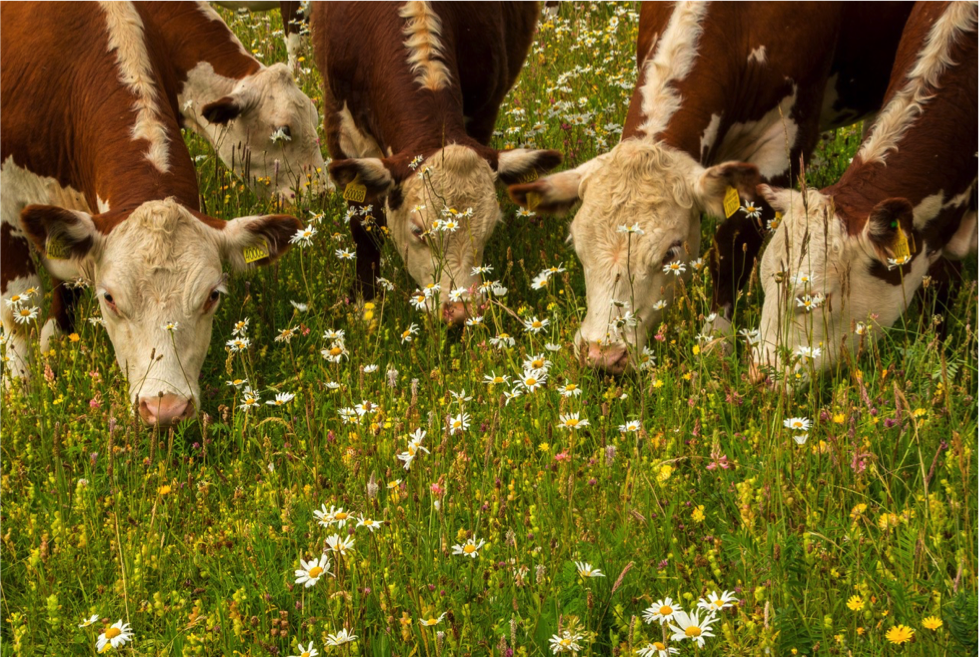



Canada's annual farm income on track for record year
Agriculture continues to be a strong driver of Canada’s economy, with farmers playing a key role in ensuring Canadians have access to affordable, high-quality food.Agriculture and Agri-Food Canada has completed an analysis of farm income for 2020 and 2021, and the results show that Canadian farm income and the value of farms is expected to be at an all-time high. This puts many farmers and farm families on a stronger footing and positioned to contribute to Canada’s economic recovery.

The Minister of Agriculture and Agri-Food, the Honourable Marie-Claude Bibeau, shared the results of the analysis while speaking at the annual meeting of the Canadian Federation of Agriculture.
“Despite all the challenges they have faced because of COVID-19, the men and women in the agriculture sector have stepped up to keep our grocery store shelves stocked. The farm income forecast and our strong export performance last year are welcome signs that Canadian farmers are finding success during these unprecedented times,” she said.
The agriculture sector is expected to see significant growth in key financial areas for 2020 and 2021. In spite of recent challenges, notably COVID-19’s impacts on the food supply chain, the growth in farm income shows that the sector is weathering these disruptions well and adjusting farming decisions accordingly.
Net cash income (NCI) is forecast to have grown by 21.8% in 2020, from $13.5 billion in 2019 to $16.5 billion in 2020. In addition, farm-level income is also forecast to have increased in 2020, with average net operating income (NOI) per farm increasing by 25.4%, from just under $76,000 in 2019 to approximately $95,000 in 2020. Average farm family income is forecast to have increased by 8.6% to just over $194,000 in 2020, driven by increases in NOI from farming.
The grains sector had a very strong year, contributing to an 11.9% increase in overall crop receipts. However, disruptions to the workforce, shifting international trade patterns, and fluctuating commodity prices have caused challenges, including for some parts of the crop sector, such as horticulture. Livestock receipts were forecast to have declined 1.9%, largely due to negative impacts of COVID-19 on the red meats sector.

Looking ahead to 2021, there continues to be uncertainty surrounding COVID-19. However, based on the expectation that the current situation continues to return to normal market conditions, NCI is forecast to further grow in 2021 by 6.8% to $17.6 billion. Average farm-level NOI is forecast to increase 8.5% to approximately $103,000 per farm, and average farm family income is forecast to grow 7.2% to just under $208,000. Net worth is forecast to reach $3.5 million per farm, up 2.9% from 2020 levels.
Building on this income forecast, the sector also had a strong export showing in 2020, reaching nearly $74 billion up from $67 billion in 2019. This brings the government close to achieving its target of $75 billion in agri-food and seafood exports by 2025. The sector has shown resilience in posting a record performance for agriculture and agri-food exports, despite COVID-19 and its challenges. The agricultural sector is an engine of growth, helping to restart the Canadian economy.
Background
- The Farm Income Forecast is a regular analysis that Agriculture and Agri-Food Canada undertakes in consultation with the provincial governments and Statistics Canada. The forecast provides important insights into the short-term outlook for primary agriculture in Canada.
- Farm Cash Receipts for all principal field crops are forecast to have reached $28.3 billion in 2020, up 17% from 2019 levels.
- Overall crop receipts are forecast to have increased by 12% in 2020, offsetting a 2 per cent decline in livestock receipts.
- Farm Cash Receipts for pulses and special crops are forecast to have reached $3.6 billion in 2020.
The Government of Canada has made significant investments and taken important action to support the agriculture and agri-food sector, prevent the spread of the COVID-19 virus, and address outbreaks on farms when they do occur.


